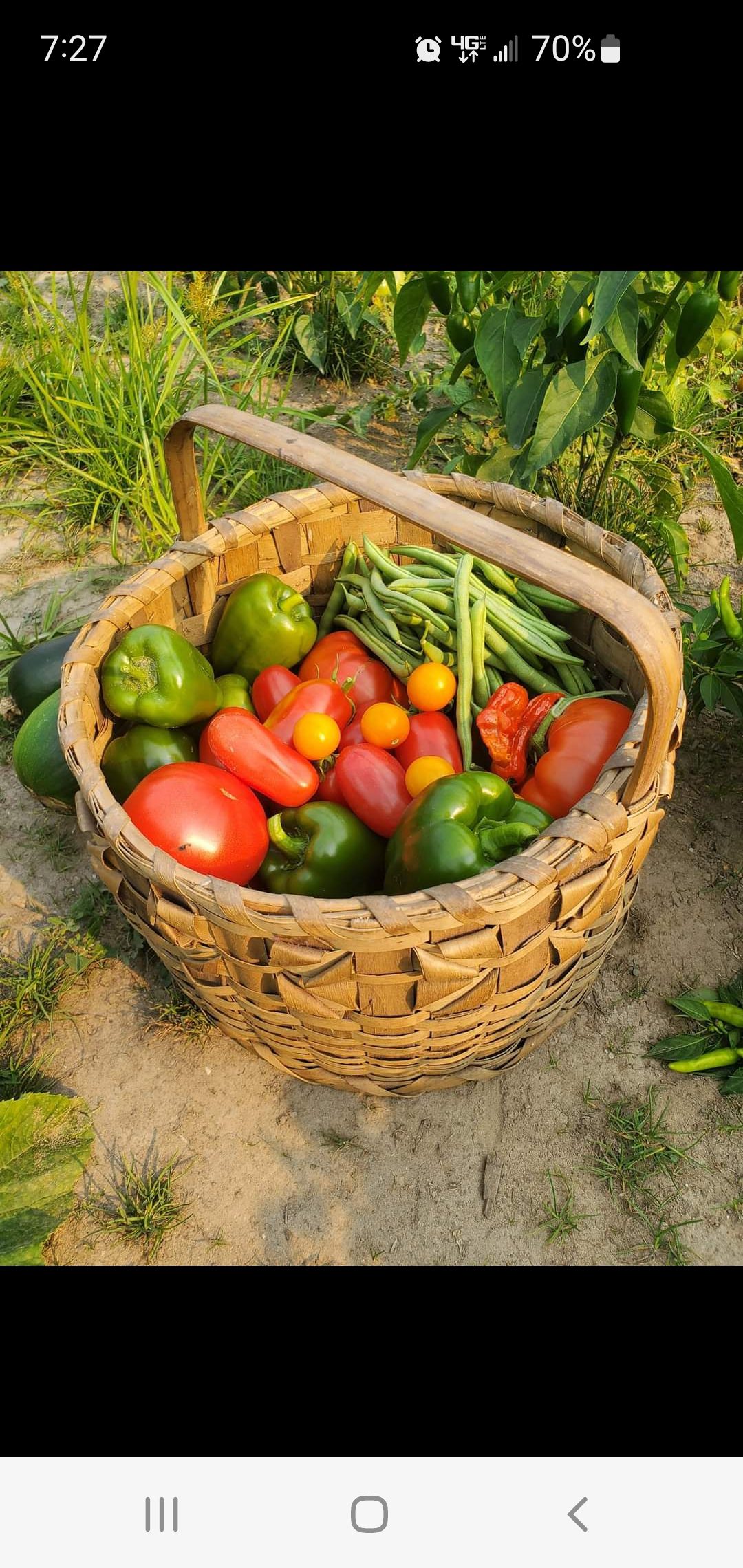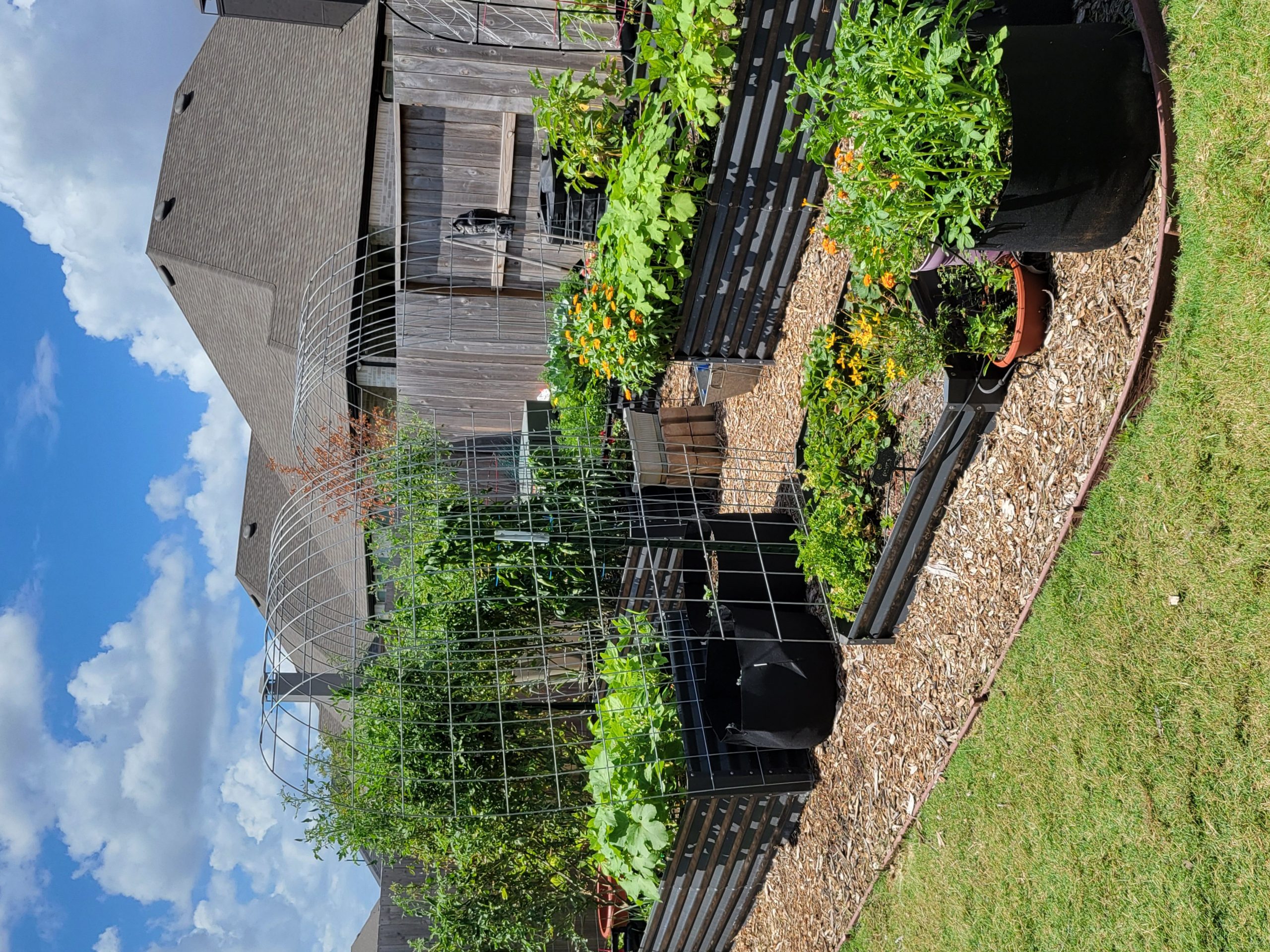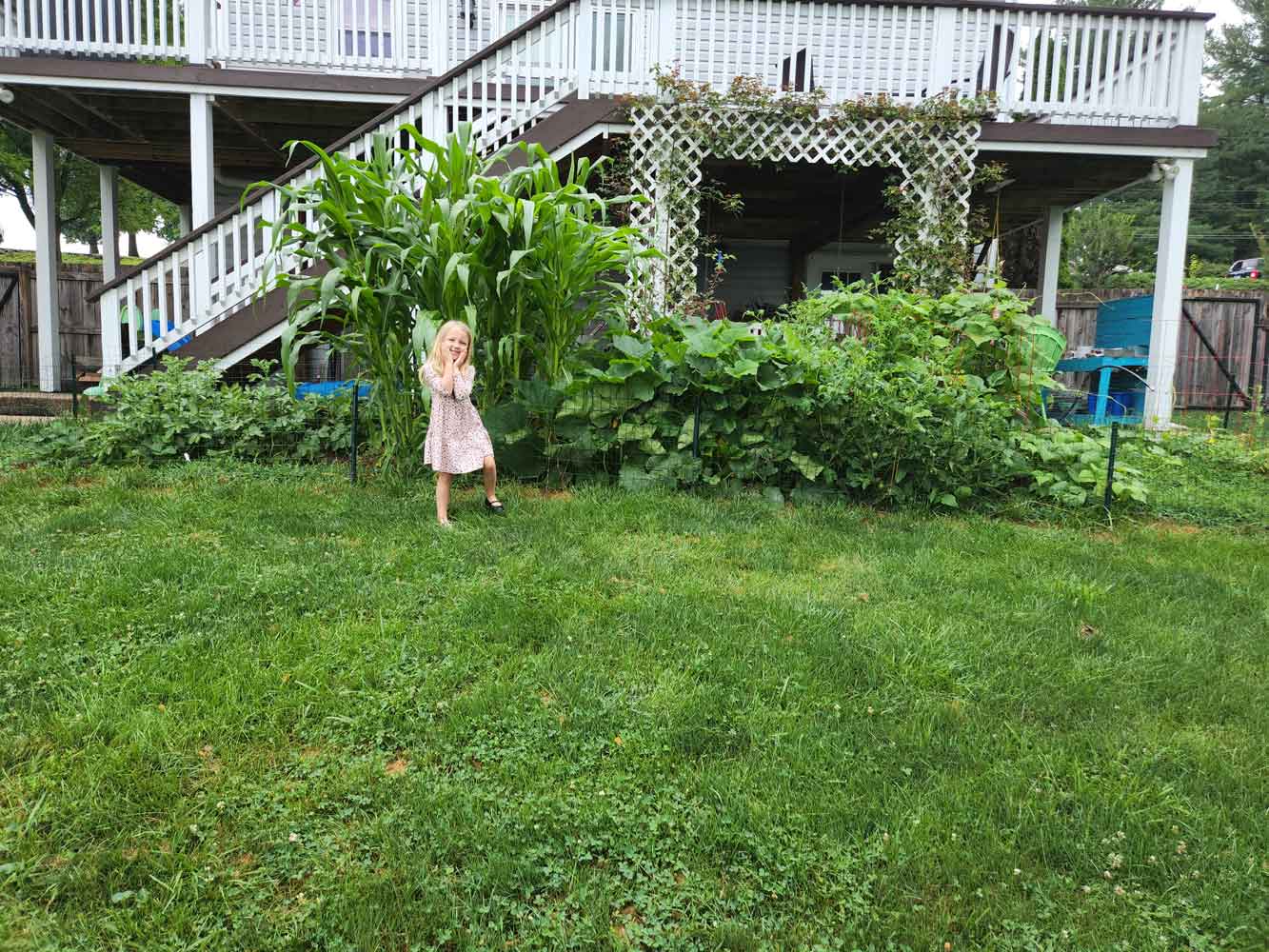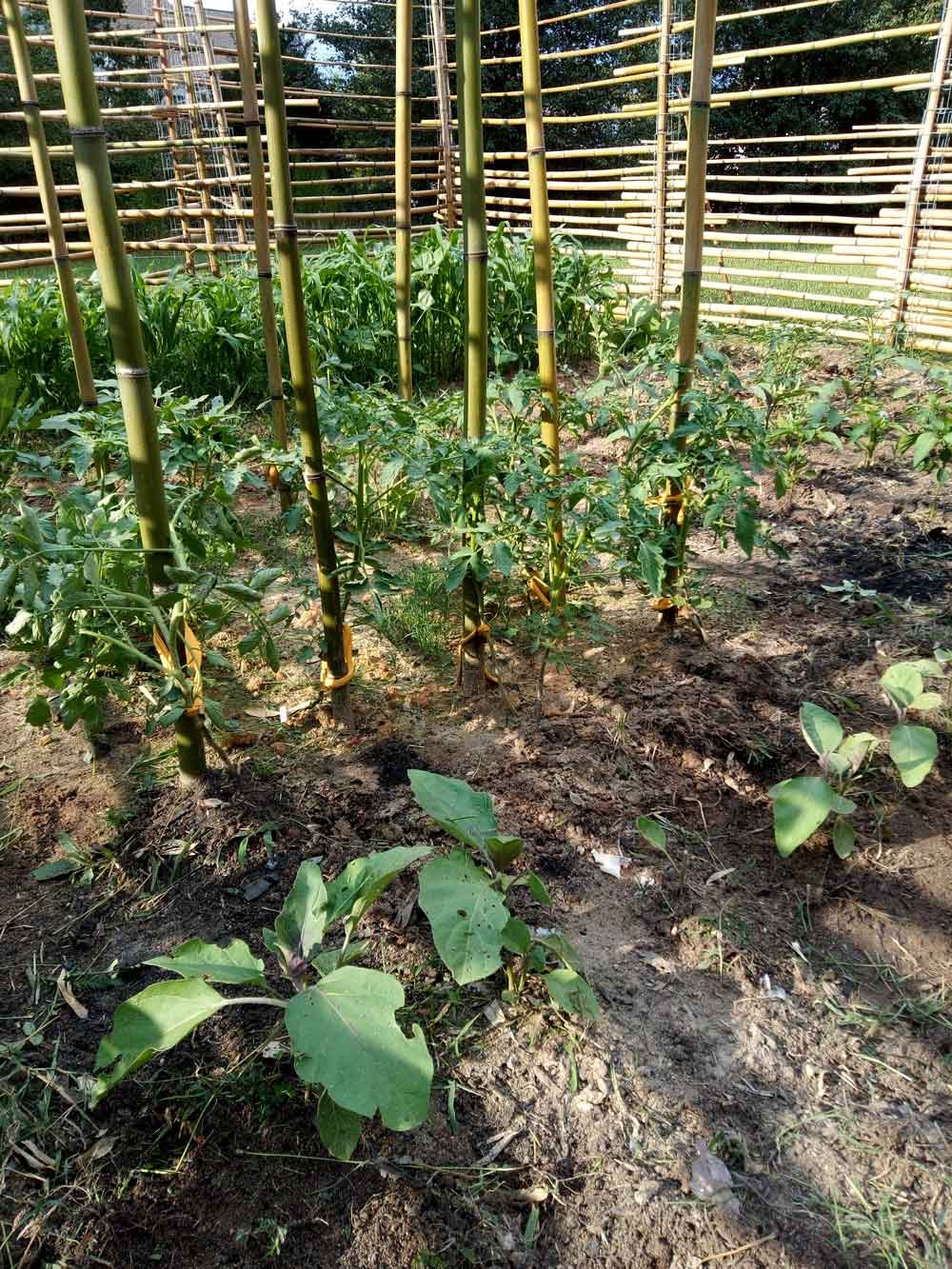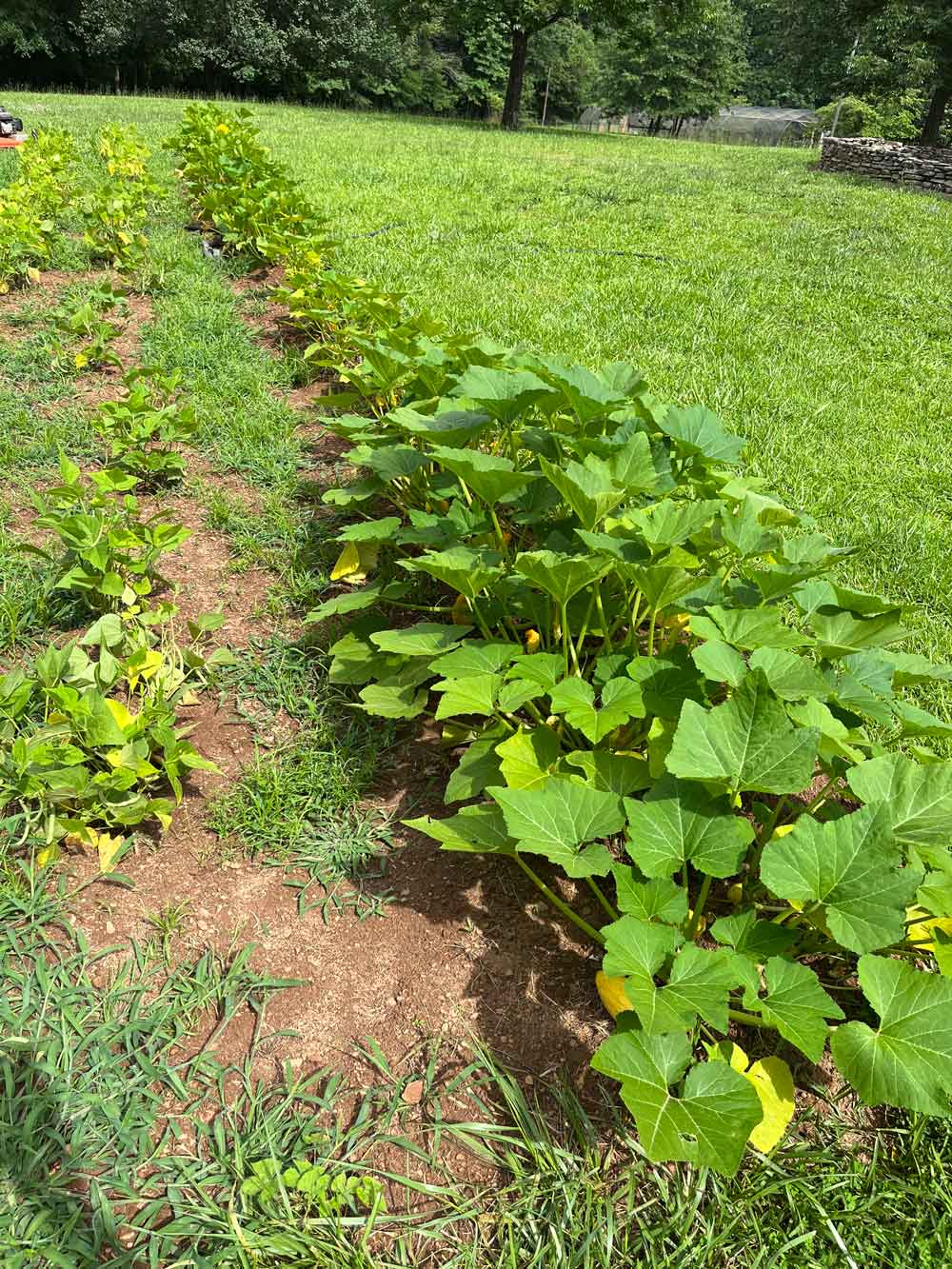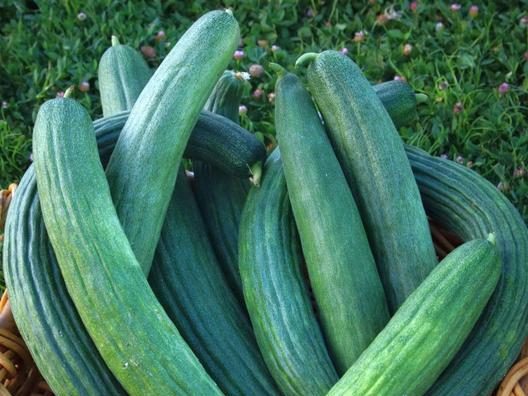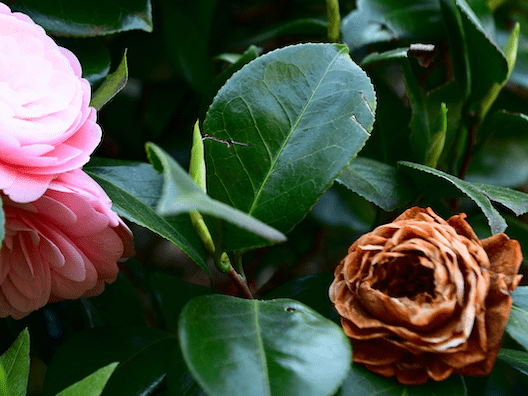About Edamame Bean
Originally found in Asian cuisine, edamame is the preparation of immature soybeans. As one of the world’s most popular and versatile food crops, soybeans can be found as a protein, oil, and sauce. As a snack, soybeans can be harvested early, boiled, and salted to create edamame. Eating edamame has reached far outside of Asia and has gained popularity in Western countries where we enjoy it as a light finger food or appetizer. Edamame is tasty, nutritious, and rich in several vitamins and minerals.
When to Plant Edamame Bean Seeds
Beans grow best in temperatures between 50 to 85°F, so direct sow your Edamame bean seeds in the spring after all danger of frost has passed. Two to four weeks before planting, dig one to two inches of compost into the garden bed to provide the plants with sufficient nutrients. If you want a large crop to be ready almost all at once for canning or freezing, sow all of the seeds at the same time. If you want a higher, continuous yield throughout the season, you can have a succession of plantings throughout the season.
Where to Plant Edamame Bean Seeds
Beans grow best in full sun, at least six hours, but edamame can handle some light shade. Edamame beans can grow in average soil fertility, offering the same soil-health benefits as beans. Specifically, edamame helps to fix nitrogen into the soil, making the soil more nutrient-rich for later crops.
Avoid planting edamame where legumes (beans, peas) were grown in the previous season. This helps to prevent the continuation of diseases and pests, as well as the depletion of nutrients in the soil.
How to Plant Edamame Bean Seeds
Prepare the beds by amending them with compost and organic material so that you have loose, well-drained soil. For higher yields, plant the seeds 12 to 18 inches apart. If you are low on space, the seeds can be planted as close as four inches apart. Water the seeds after planting. They will do best if there is consistent moisture throughout the season.
If weeds appear, weed shallowly to avoid disturbing the edamame plants’ roots. Apply compost, leaves, or hay mulch to control weeds and retain moisture. Edamame tolerates some drought, but yields may suffer. Water consistently and regularly.
How to Harvest Edamame Beans
Harvest your edamame when you notice the pods are bright green, but have not turned plump. You only have between three and seven days to harvest, so keep an eye on them. Pick early in the green pod stage before they harden. Once edamame pods mature, they become dried beans which are used to make soy products like tofu and soymilk.
Picking the pods in the evening will provide the best flavored edamame. Edamame can distress the human digestive system when eaten raw. It should always be cooked prior to consumption. The flavor and smell of edamame plants is irresistible to creatures like rabbits and deer. Covering your garden with netting or other coverings will help deter four-footed friends from eating the edamame before you can. As the plants grow, you will notice that they will reach about two to three feet in height. If they flop over because of rain or wind, you can install stakes on each end of the row of plants and run string between the stakes to give the plants support.

